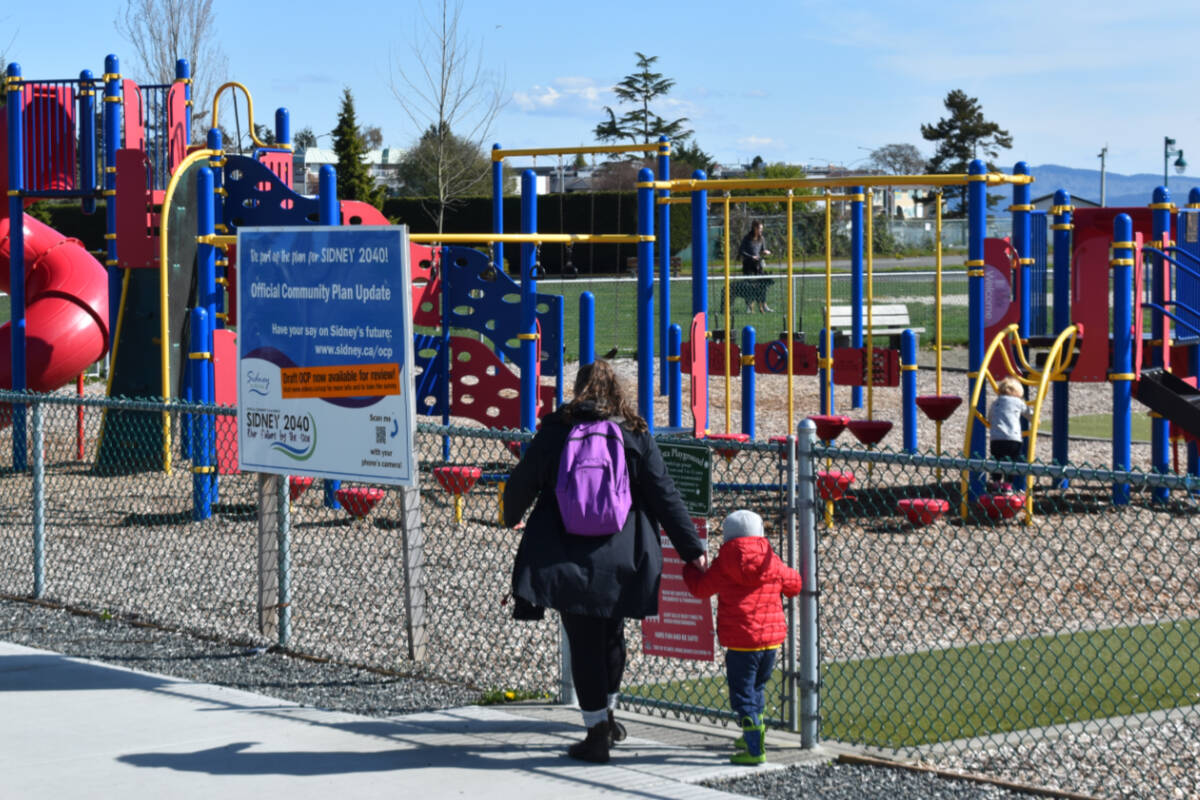Calculations by Canadian demographers, based on figures from Statistics Canada, show British Columbia having some of the lowest — and also some of the highest — fertility rates in the country.
Fertility rate describes the number of kids, on average, a woman could expect to have if behaviours observed in 2020 were to continue. Don Kerr, a demographer at University of Western Ontario, calculated rates across the country using Statistics Canada figures received on special request.
His calculations showed that not only did B.C. feature the country’s lowest birth rate overall in the Census Metropolitan Area (CMA) of Victoria, it also included half of Canada’s bottom 10.
Victoria had a total fertility rate of 0.95 children per women in 2020, followed by Nanaimo with a rate of 1.08 and Vancouver with a rate of 1.09. Kelowna has the sixth-lowest rate with 1.15 and Kamloops the ninth-lowest rate at 1.27.
The overall Canadian fertility rate for the same year was 1.4.
On the other side of the coin, Abbotsford-Mission has Canada’s sixth-highest fertility with 1.57 and its highest in Chilliwack with 1.72.
So what accounts for these figures?
“That is a rather complicated issue,” Kerr told Black Press Media in an email.
RELATED: Langford tops population growth in B.C., third-fastest in Canada: 2021 census
Most of regions have seen what Kerr calls a “delayal,” with mom’s average age at her first delivery surpassing 30 years nationally.
“This is certainly true of B.C., which has for some time now had lower fertility than most other parts of Canada,” he said.
Many folks don’t start trying to start a family until they are well into their 30s and childlessness is also increasing. This is part of a longer-term trend toward what Kerr called “delayed life cycle transitions” which see young Canadians increasingly living with their parents well into their 20s, even 30s.
“All of this relates to ‘expectations’ on obtaining post-secondary credentials (college and/or university) and perhaps also due to difficulties in establishing oneself in the labour market and a rewarding career,” he said. “There has also been a major transformation of gender roles, particularly in the paid labour force.”
Broadly, life gets in the way. Many women are interested in establishing themselves in the labour market before having a first birth.
“Add on the high cost of housing, inflation, and the difficulties in finding quality and affordable childcare, and it is understandable that many younger folks are delaying their first birth,” he said. “Most men continue to be unwilling to make major sacrifices, career wise, when it comes to raising kids.
“Hence, fewer kids at older ages.”
RELATED: Greater Victoria condo prices rising to start 2022: StatsCan
Also a factor is women’s ability to get pregnant declines as they move into their mid-to- late 30s.
“Your fertility clinics have been rather busy, as couples delay trying for a pregnancy until, sometimes, it is too late,” he said.
Kerr also sees COVID-19 as a factor, although he does not see it explaining regional differences very much.
“It may be that fertility rates rebound quite noticeably in 2022 and 2023 as we move out of this mess,” he said. “The uncertainty associated with this pandemic has been particularly hard on young adults and understandably many young women have delayed childbearing further because of this. This is likely an important factor in explaining why Canada’s TFR, B.C.’s TFR and Victoria’s TFR are all now at record lows.”
RELATED: Greater Victoria residents older than B.C., Canadian average
When asked what if any role the Fraser Valley’s status as B.C.’s Bible Belt plays a role in it bucking the national trend, Kerr said some Canadian regions are more “pronatalist” than others.
“For example, the Indigenous populations of Canada (in Canada’s north and selected regions of western Canada) have long had higher birth rates than elsewhere),” he said. It is also noteworthy that places like Saskatchewan and Alberta, also considered more conservative than other parts of Canada, have also had higher fertility rates, he added.
“Conservative Christianity is associated with higher fertility, as observed in many parts of the USA,” he said. “More generally, ‘religiosity’ is associated with higher fertility, although it does not have nearly the same sort of impact that was true decades ago.”
Do you have a story tip? Email: vnc.editorial@blackpress.ca.
Follow us on Twitter and Instagram, and like us on Facebook.

